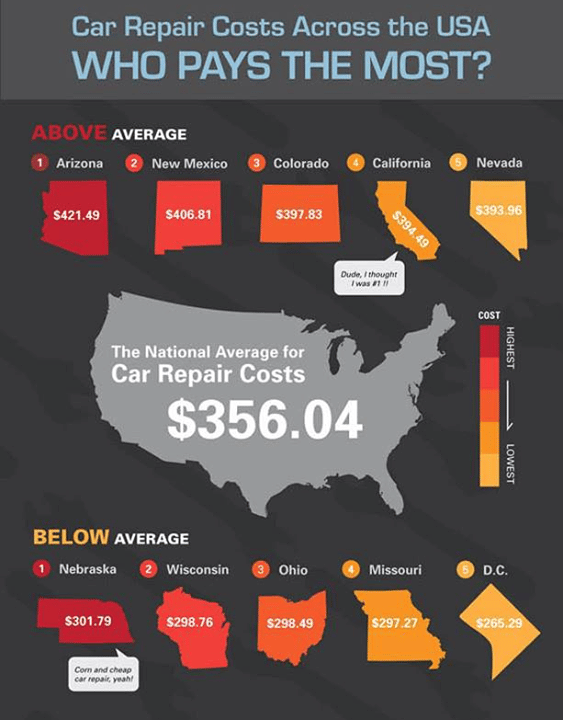Comprehending The Value Of Your Vehicle'S Warning Signals: What They Actually Stand For
Comprehending The Value Of Your Vehicle'S Warning Signals: What They Actually Stand For
Blog Article
Created By-Vinson Stark
When you're behind the wheel, those beautiful warning lights on your dashboard can be a bit complicated. Do Recommended Studying know what they're attempting to tell you about your auto's health? Comprehending the relevance of these lights is crucial for your security and the longevity of your automobile. So, the next time among those lights appears, would not you intend to understand its message precisely and take the required steps to address it?
Common Warning Lights and Interpretations
Recognize typical caution lights in your auto and comprehend their significances to guarantee safe driving.
One of the most typical caution lights include the check engine light, which indicates issues with the engine or discharges system. If just click the next website begins, it's essential to have your vehicle examined without delay.
The oil stress alerting light suggests low oil stress, requiring instant focus to avoid engine damage.
A flashing battery light might suggest a damaged charging system, potentially leaving you stranded if not addressed.
The tire pressure surveillance system (TPMS) light signals you to reduced tire stress, influencing lorry security and gas effectiveness. Neglecting this can cause unsafe driving problems.
The abdominal light indicates an issue with the anti-lock braking system, jeopardizing your capacity to stop promptly in emergencies.
Finally, the coolant temperature alerting light warns of engine overheating, which can lead to severe damage otherwise solved swiftly.
Recognizing these usual warning lights will certainly assist you attend to concerns quickly and maintain safe driving problems.
Significance of Prompt Focus
Recognizing the common warning lights in your car is only the very first step; the value of immediately resolving these cautions can not be emphasized sufficient to ensure your safety on the road.
When a caution light brightens on your dashboard, it's your auto's way of connecting a possible concern that needs attention. Overlooking these cautions can cause a lot more serious issues later on, endangering your security and potentially costing you extra out of commission.
Motivate interest to advising lights can avoid breakdowns and accidents. For instance, a blinking check engine light can indicate a misfire that, if left neglected, could trigger damage to the catalytic converter. Resolving this without delay can save you from an expensive repair.
Likewise, a brake system cautioning light could signify low brake liquid or worn brake pads, crucial elements for your safety and security when driving.
Do It Yourself Troubleshooting Tips
If you notice a warning light on your dashboard, there are a couple of DIY repairing tips you can try prior to seeking specialist help.
The primary step is to consult your car's handbook to comprehend what the details warning light shows. Occasionally https://cristianaqgyn.livebloggs.com/38416594/just-how-to-choose-the-right-car-describing-service-for-your-requirements can be as basic as a loose gas cap triggering the check engine light. Tightening the gas cap might deal with the trouble.
Another common concern is a low battery, which can activate different cautioning lights. Examining the battery connections for deterioration and guaranteeing they're secure may fix the issue.
If a caution light persists, you can attempt resetting it by detaching the car's battery for a couple of mins and afterwards reconnecting it. Furthermore, examining your automobile's fluid degrees, such as oil, coolant, and brake liquid, can help repair cautioning lights related to these systems.
Final thought
Finally, understanding your vehicle's warning lights is essential for maintaining your lorry running smoothly and safely. By without delay dealing with these informs and understanding what they mean, you can prevent costly fixings and prospective breakdowns.
Bear in mind to consult your vehicle's handbook for specific information on each alerting light and do something about it as necessary to ensure a hassle-free driving experience.
Stay informed, remain safe when driving!
